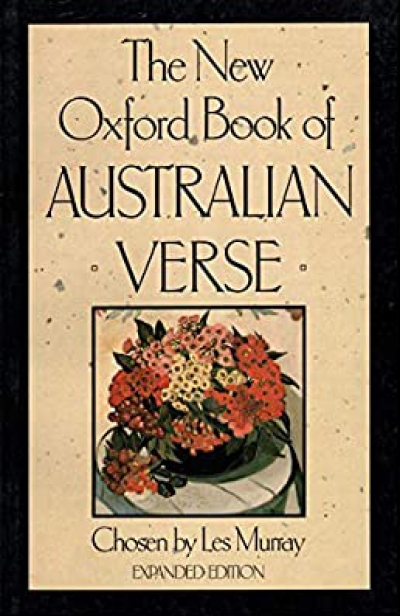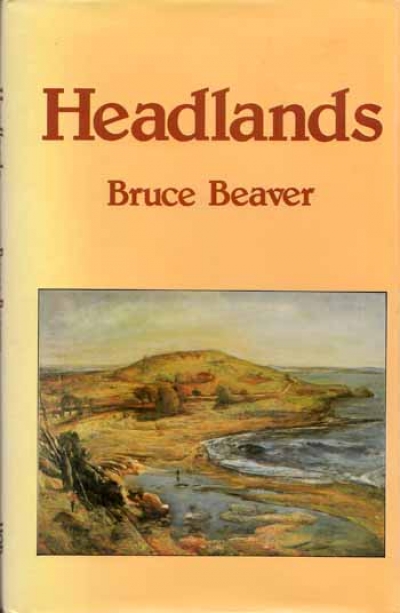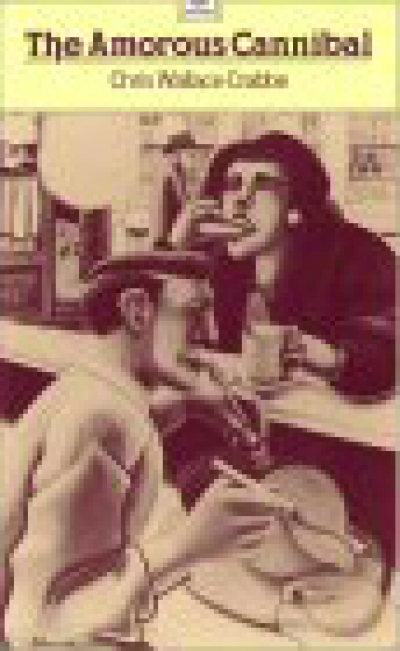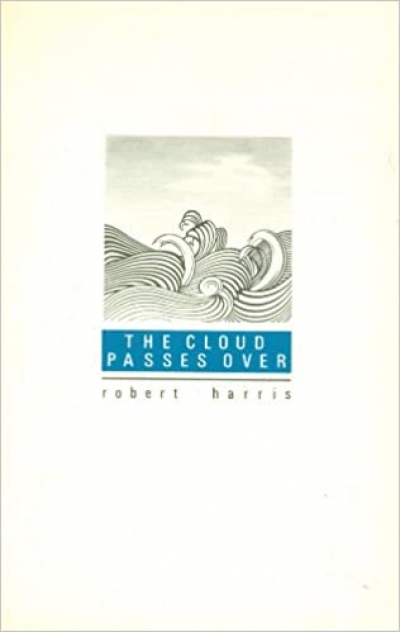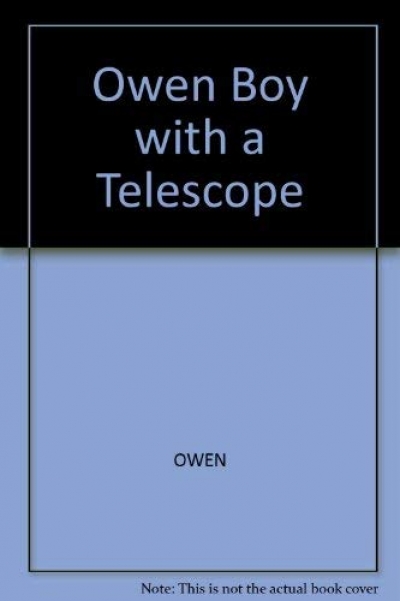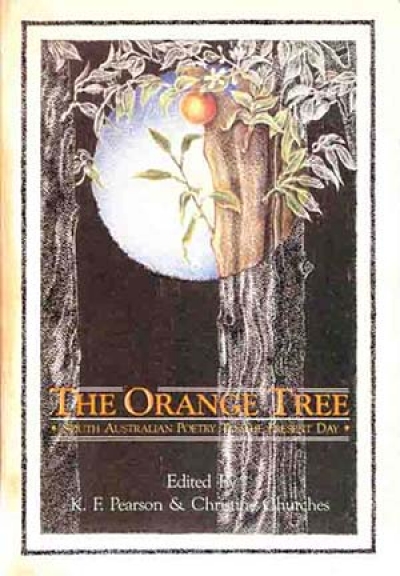Poetry
Portrait: A west coast collection edited by B.R. Coffey and Wendy Jenkins
by Kenneth Gelder •
The New Oxford Book of Australian Verse edited by Les A. Murray
by Michael Heyward •
Boy with A Telescope by Jan Owen & The Twofold Place by Alan Gould
by Chris Wallace-Crabbe •
The Orange Tree: South Australian poetry to the present day edited by K.F. Pearson and Christine Churches
by Barbara Giles •
No Collars No Cuffs, plenty of fisticuffs, and you’ll probably get K.O.’d by all this, after a round or two of three or four poems each. You may need someone in your corner to bolster you, for as Geoff Goodfellow writes in ‘Skin Deep’, a women’s prison poem:
... (read more)Chris Wallace-Crabbe reviews 'Poems for an Exhibition' by R.H. Morrison, 'Outer Charting' by Hal Colebatch, and 'The Flower Industry' by Andrew Sant
by Chris Wallace-Crabbe •
The three books under review here promote no generalisation about the condition of poetry, the health of the beast, unless they call to mind the difference between poems which are interesting from line to line and those which somehow resonate as wholes. R.H. Morrison, the eldest of the three poets, is the one who most often produces whole poems, at least to my ear.
... (read more)
